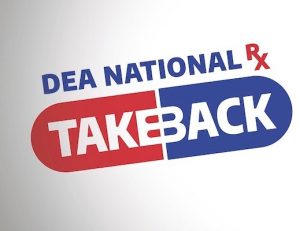On October 25, 2025, the DEA and its federal partners will team up for the 29th bi-annual National Prescription Drug Take Back Day to remove unused, unwanted medications from homes and medicine cabinets to prevent drug misuse before it starts. Check the Take Back Day website for more information as it becomes available.
QUESTION OF THE MONTH/VISUAL PEARLS/POLLS OF THE MONTH
October 2025 QUESTION OF THE MONTH
Question Authors: Chiamaka Idoko, MS4, University of Ghana and Rita Agarwal, MD, FAAP, Clinical Professor, Stanford University
A 10-year-old girl (33 kg) undergoes left upper-arm fracture fixation under general endotracheal anesthesia. Sixty minutes after placement of a supraclavicular block, she develops acute hypotension (BP 65/40 mm Hg), tachycardia (HR 145 bpm), frequent Premature ventricular contractions (PVCs), and desaturation (SpO₂ 82%). At this time, reduced movement of the left hemithorax is visible.
What is the most critical immediate next step?
A. Auscultate bilateral lung fields
B. Administer 20% intralipid IV bolus (1.5 mL/kg)
C. Start IV epinephrine (1 μg/kg)
D. Give a 500 mL bolus of lactated Ringer’s solution
SEPTEMBER 2025 POLL OF THE MONTH
Poll Author: Sean Gamble, MD, Phoenix Children's Hospital / Valley Anesthesiology and Pain Consultants
Question Editors: Rita Agarwal, MD, FAAP, Stanford University and Cheryl Hartzell, MD, Cincinnati Children's Hospital Medical Center






 SPPM 13th Annual Meeting
SPPM 13th Annual Meeting